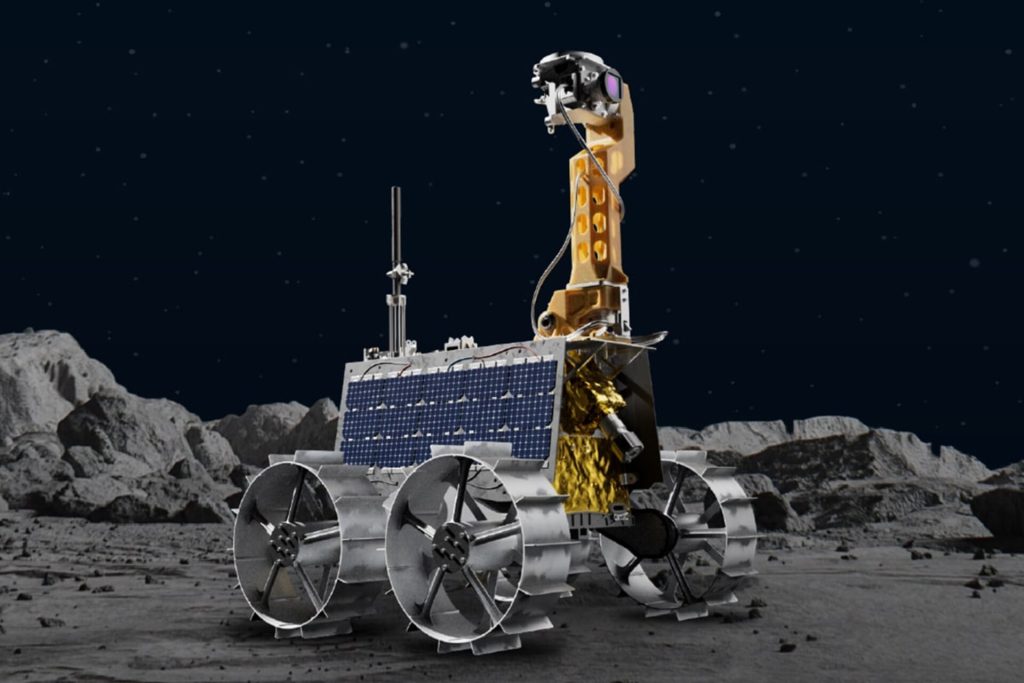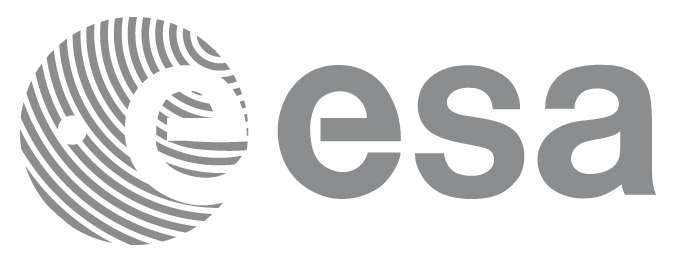The very first European technology was supposed to make contact with the surface of the Moon on the wheels of the Rashid rover, part of the Emirates Lunar Mission. The outer rims of this rover’s four wheels incorporate small sample panels to test how different materials cope with the abrasive lunar surface, including a quartet of samples contributed by ESA.
Designed and developed at the Mohammed Bin Rashid Space Center (MBRSC) in Dubai, the Emirates Lunar Mission was launched by Falcon 9 from Cape Canaveral on Sunday 11 December 2022. Heading to the Moon on a low-energy trajectory, the Rashid rover was scheduled to touch down on the lunar surface in April and spend most of the 14-day lunar daytime exploring the Atlas Crater on the northeast of the moon.
ESA’s ExPeRT team (Exploration Preparation, Research and Technology) contributed to the Rashid rover’s wheel-based Material Adhesion and Abrasion Detection experiment. It is a chance to see how material technologies that ESA has been working on behave in the actual lunar environment. The samples have been bonded to the outside of the rover’s magnesium alloy wheels. The rover’s high-resolution camera will inspect the sample panels over time to observe the incidence of factors such as abrasion, discolouration and whether lunar dust sticks to the samples or not.

The rover’s multi-needle Langmuir probe, extending from its body, is a MBRSC-integrated spin-off of an instrument due to be flown aboard the International Space Station soon, developed by a Norwegian team led by the University of Oslo and Eidsvoll Electornis with ESA backing.
Unfortunately, the Japanese company Ispace’s Hakuto-R M1 lunar lander, carrying the Rashid Rover, lost contact when the lander descended the final 10 meters. There is a high probability that the lander crashed on the lunar surface, and the mission has been put to an end. However, immediately after the news, Vice President and Ruler of Dubai Sheikh Mohammed bin Rashid announced the development of Rashid 2, the UAE’s second rover. This might be another chance to touch down on the moon with ESA material.







